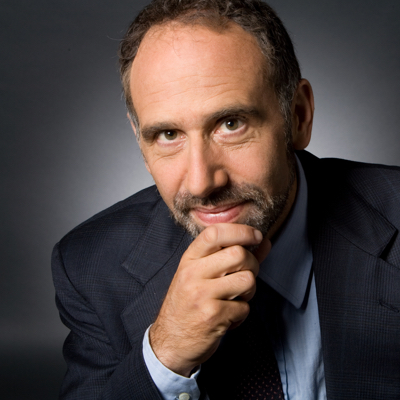October 29, 2011
The NYT told readers that the saving rate has fallen sharply in recent months, registering just 3.6 percent in September, down from rates of more than 5.0 percent earlier in the year. (In the pre-bubble era, the saving rate averaged more than 8.0 percent.)
The main reason for this decline was likely erratic income data. There are often erratic movements in these numbers that cannot be explained by actual developments in the economy. In the four months from January to May, a period in which the GDP data show the economy was barely growing, wage earnings reportedly increased at a 3.9 percent annual rate. By contrast, in the four months from May to September the data show that wage earnings rose at just a 0.4 percent annual rate even though the economy grew at a 2.5 percent rate in the third quarter.
This sort of sharp slowdown in wage earnings is not plausible in an economy where growth was actually accelerating. It is more likely that wages were understated in September and indeed the whole third quarter, which means that income growth would be stronger and that the savings rate would be higher.
It is also worth noting that some of the story here reflects the timing of car purchases. Car sales were depressed in the second quarter because of shortages related to the earthquake/tsunami in Japan. The third quarter sales were strong as manufacturers had big sales incentives to make up for lost ground.







Comments